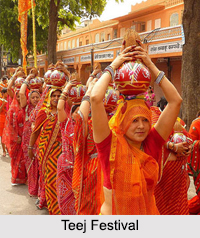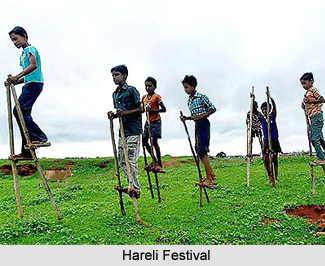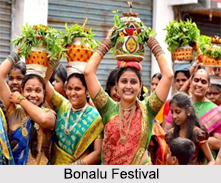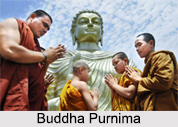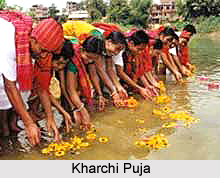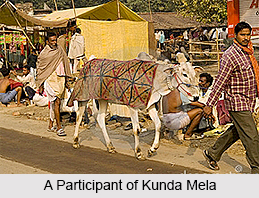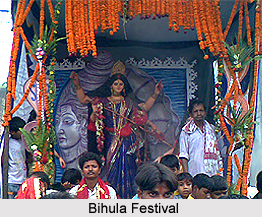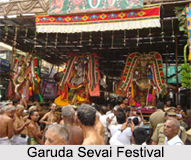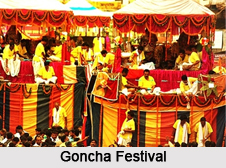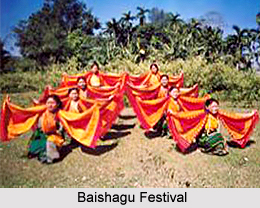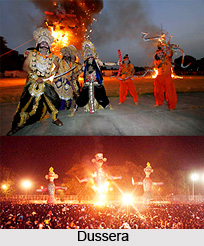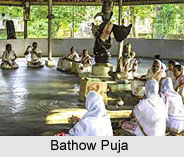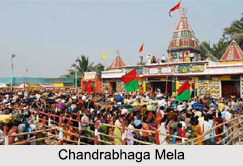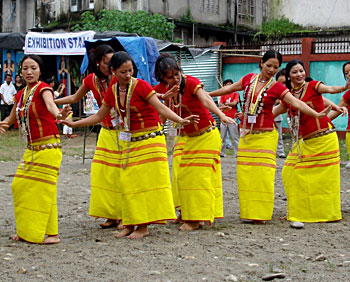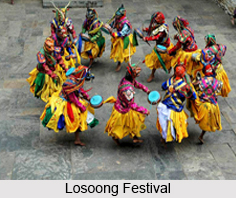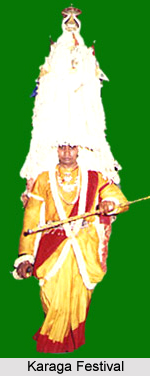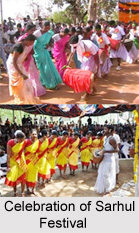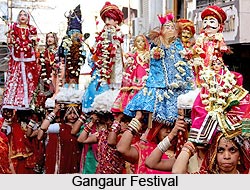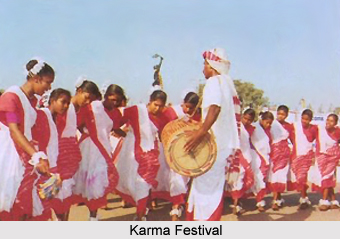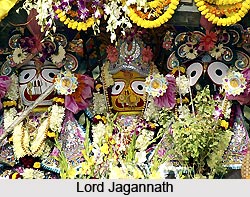 Anasara is a ceremony where the three deities are kept away from the public sight. The period of illness is marked when the deities are placed on the floor in front of the inner sanctum. This period is known as `Anasara` or `Anavasara` period initiates from Jyestha Purnima and ends with Ashadha Amavasya. During these days, the Gods stay away from the public view and there is a need for substitute deities for the public and to whom daily rituals can be offered at temple, so during this time three patta paintings of Lord Jagannath, Lord Balabhadra and Goddess Subhadra are worshipped in the Jagannatha Temple of Puri.
Anasara is a ceremony where the three deities are kept away from the public sight. The period of illness is marked when the deities are placed on the floor in front of the inner sanctum. This period is known as `Anasara` or `Anavasara` period initiates from Jyestha Purnima and ends with Ashadha Amavasya. During these days, the Gods stay away from the public view and there is a need for substitute deities for the public and to whom daily rituals can be offered at temple, so during this time three patta paintings of Lord Jagannath, Lord Balabhadra and Goddess Subhadra are worshipped in the Jagannatha Temple of Puri.
The preparation of Anasara Pati begins on Jestha amavasya. On this day, the temple Chitrakaras receive pieces of cloth from the Jagannath Temple administration to use as canvas. The group of artists under the guidance of the chief artist, work on the paintings and paint the images of Shri Ananta Narayan, shri Ananta Basudev and Goddess Bhubaneswari.
During the fortnight of the deities` illness (Lord Jagannatha, Balarama and Shubhadra) the entrance gate to the dancing hall is closed. Only Daityas and the Pati Mahapatra can enter the place where the deities are in repose. Pati Mahapatra belongs to the shudra caste. He is directed by the Daityas to do the offering to the deities during Anasara.
The cooks are of a mixed descent. However they are Brahmins but do not do any offering in the temple. He is the only Brahmin who is allowed in the place of illness. During this dark fortnight, the cooking is stopped. No auspicious sounds are heard. Very few people visit the temple during this time and the temple is silent. The offering is done in a tribal fashion.
The Daityas take up residence and bring raw food such as fruits and milk and milk products. They peel the fruits and taste them to know if they are ripe and then offer it to the deities. The Daityas are considered as the blood relatives of Lord Jagannath as they sleep and eat right there. They also repair the body of the images. After the bathing festival they are covered with a coat of resin and paint. When this is ready, one of the Daitya called the dutta mukha simhari paints the faces, except for the eyes.
On the twelfth day, the Daityas bring some plates of old cloth of the deities. These are considered as the left-overs of the deities. After this these left-overs are distributed among the pilgrims, relatives and friends. On the thirteenth day, one of the Daityas brings in a silver pot pasted chalk and gum which will constitute the first coat of paint on the images. The work of the painter Daitya starts from that night. This is done on the fourteenth day. On the dawn of the fifteenth day that is on amavasya the period of illness comes to an end and the gateway to the dancing hall is opened. Pilgrims flock to the temple for viewing the new form of the deities.
